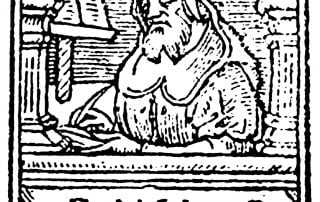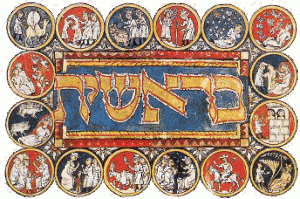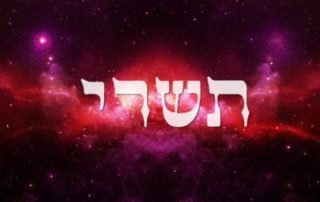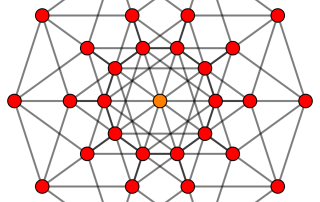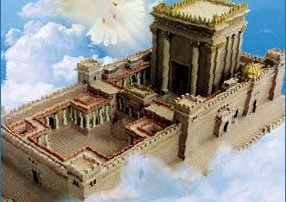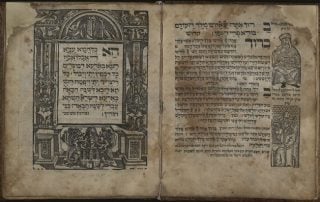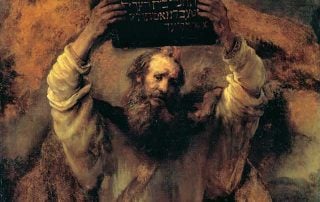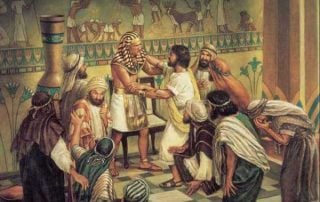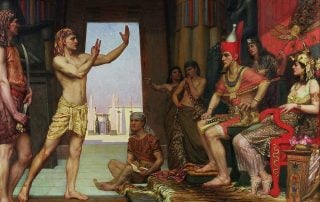Wellsprings from Above and Wellsprings from Below
In the six hundredth year of Noah's life, in the second month, on the seventeenth day of the month… all the fountains of the great deep were broken up, and the windows of heaven were opened. (Gen. 7:11) In calculating the time of the dawn of Messianic revelation, the Zohar writes, And after six hundred years of the sixth thousand there will be opened the gates of wisdom above and the fountains of wisdom below, and the world will make preparations to enter on the seventh thousand as man makes preparation on the sixth day of the week, when the sun is about to set. (Zohar I, 117a) The Zohar calculates this based on the letters of the Tetragrammaton, but brings the verse from this parashah as the mnemonic: “In the six hundredth [...]


